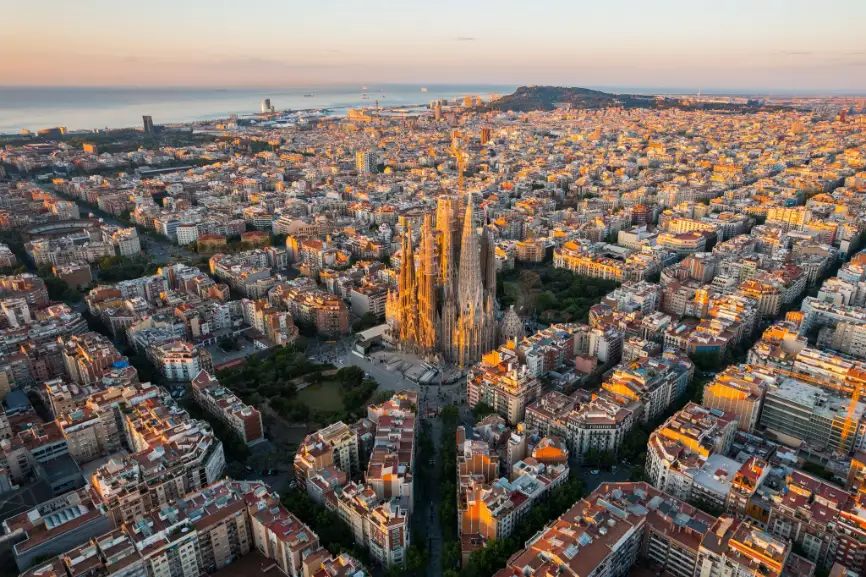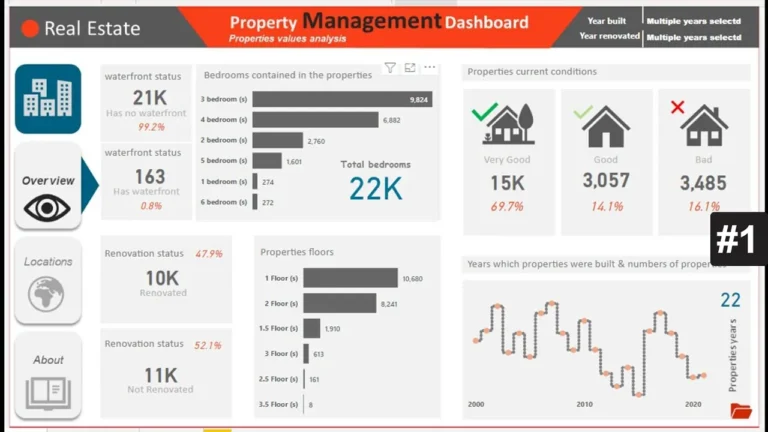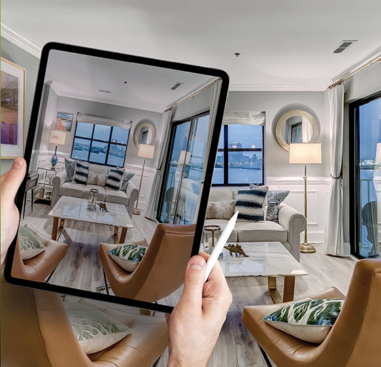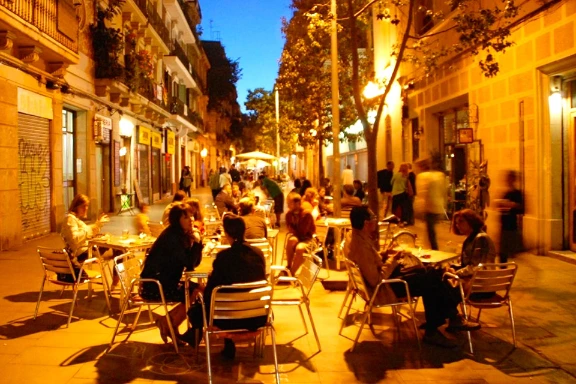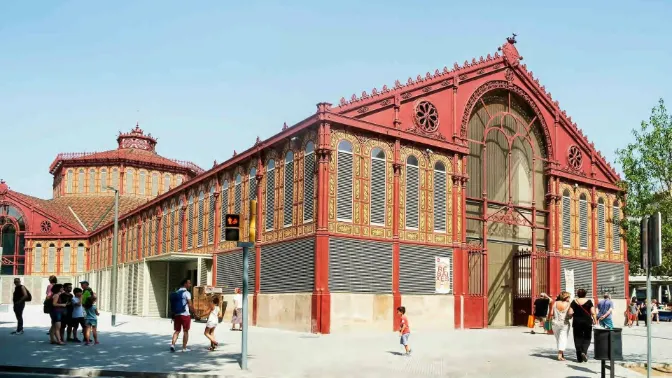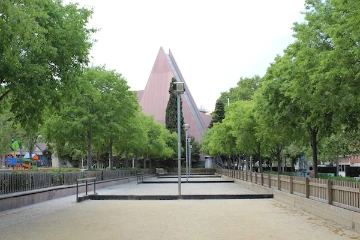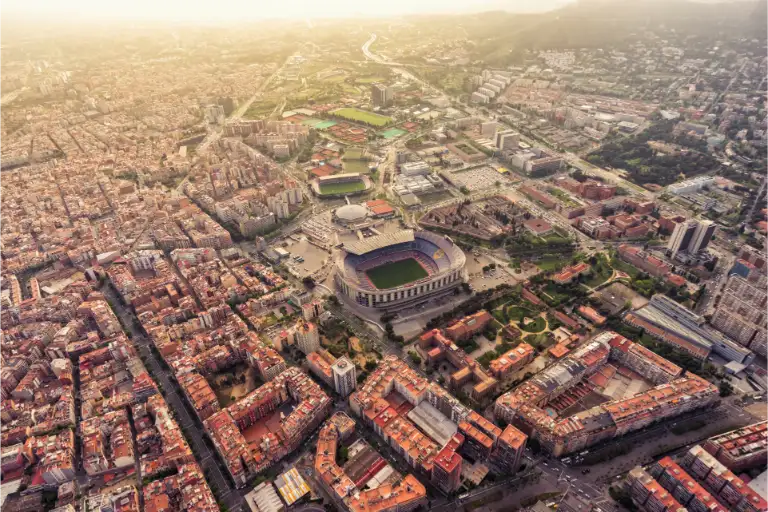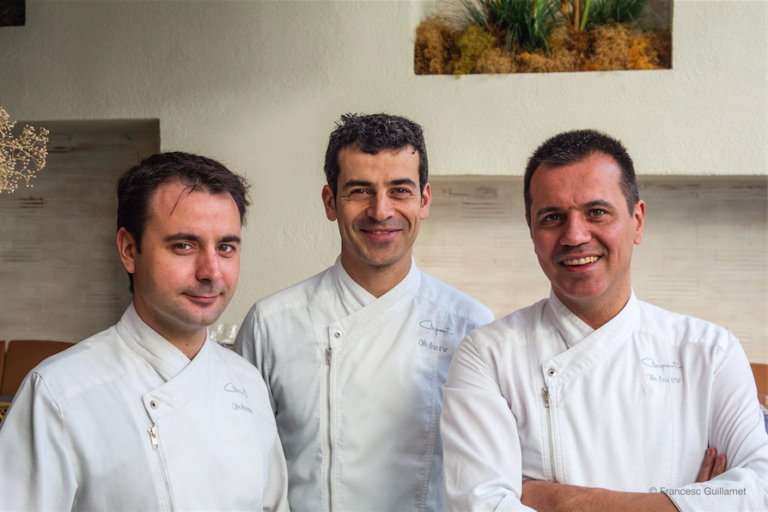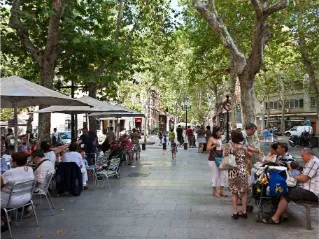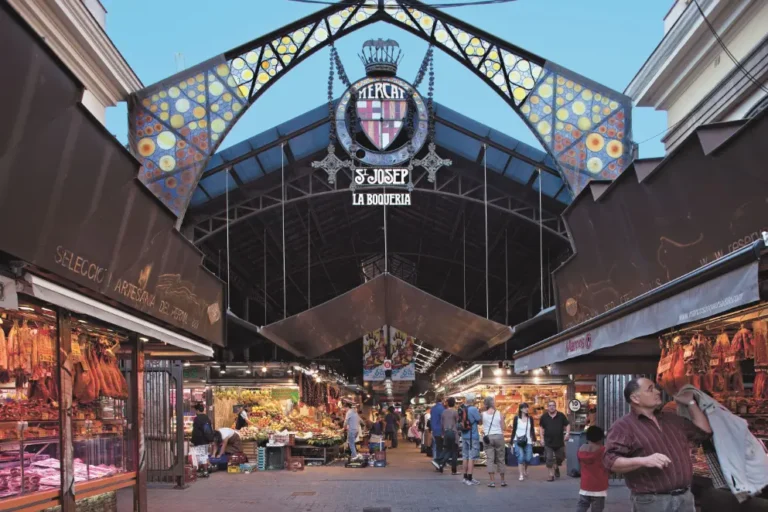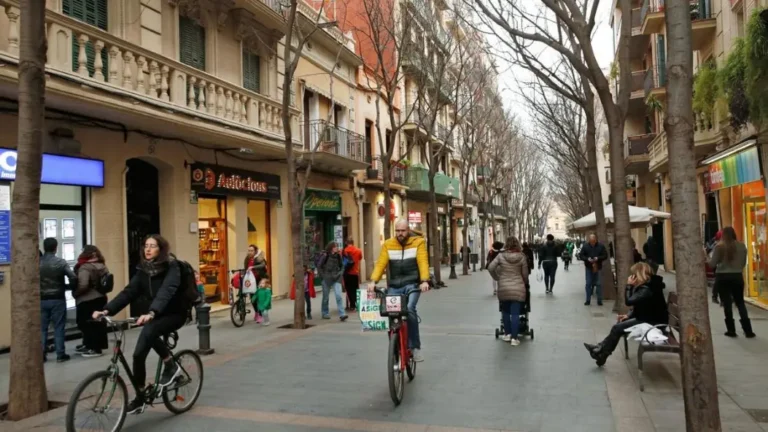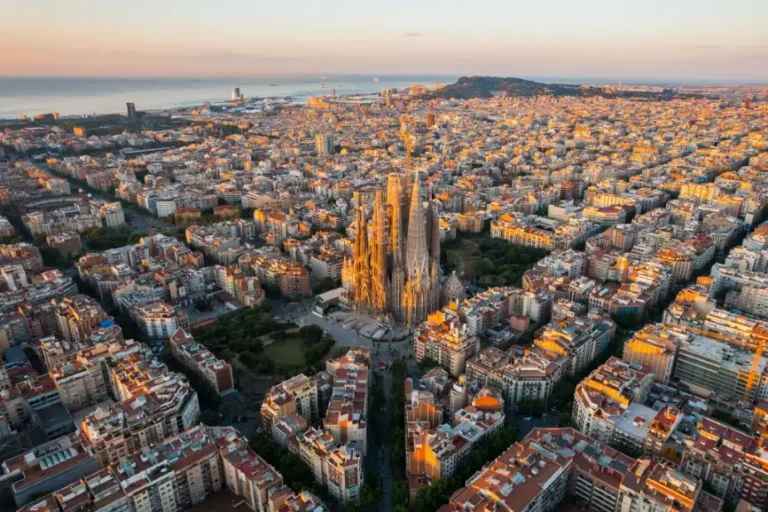Buying a Home in Eixample
Eixample: Iconic, Elegant, and Full of Life
Eixample is the Barcelona you picture—wide boulevards, graceful balconies, and Gaudí on the skyline. If you’re buying a home in Eixample Barcelona, you’re choosing a district designed for light, order, and walkability. Cerdà’s 19th-century grid makes life easy to navigate, while daily routines swing from designer avenues to café-lined, slower side streets. Culture, convenience, and a central address—without needing a car.
Overview & vibe
Living here blends the best of Barcelona: Passeig de Gràcia and Rambla de Catalunya for upscale shopping and dining; quieter blocks around Enric Granados for terrace life and night strolls. It’s central and practical, but still very livable day-to-day.
Pros & cons (at a glance)
- Central location + excellent transport
- World-class architecture and streetscapes
- Great mix of upscale and everyday services
- Higher prices than many districts
- Tourist flows near big landmarks
- Less green space than originally planned
Buying a Home in Eixample, Barcelona
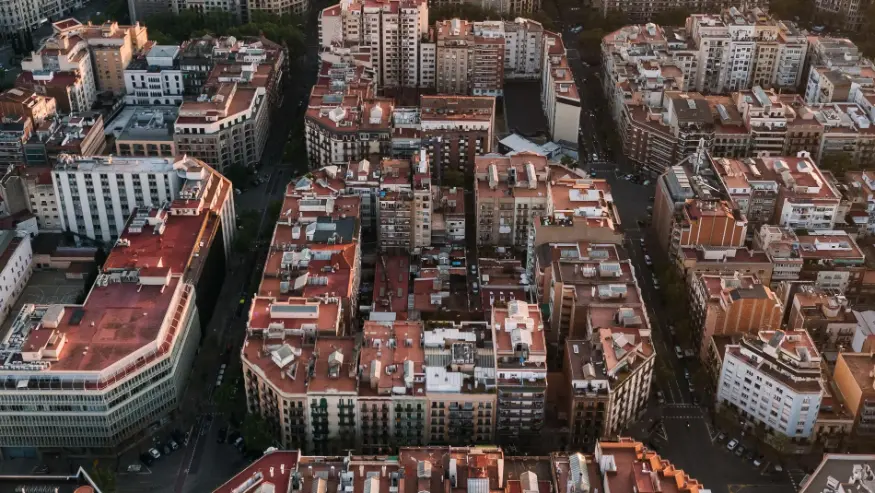
History & urbanism
Eixample (“extension” in Catalan) was created to solve overcrowding in the walled city. In 1859, Ildefons Cerdà’s plan delivered a grid of octagonal blocks to maximize light and airflow—forward-thinking urbanism that still shapes daily life. The early 20th century brought Modernisme: Sagrada Família, Casa Batlló, La Pedrera and other icons turned the district into a living museum.
Today’s updates focus on livability: calmer streets, more trees, and pedestrian priority via the city’s Superblocks model—great for families and anyone who prefers quieter, slower-moving blocks.
Lifestyle & sub-areas (incl. Gaixample)
- Dreta de l’Eixample: grand avenues and Modernist façades, close to Passeig de Gràcia; pricier, polished.
- Esquerra de l’Eixample: slightly softer on pricing, great food/coffee scene, lots of day-to-day conveniences.
- Enric Granados corridor: leafy, slower pace, ideal for evening strolls and terraces.
- Gaixample (LGBTQ+-friendly zone): welcoming vibe around Aribau/Balmes—bars, cafés, and inclusive community spirit.
For nearby contrasts, see our guides to Sant Antoni (market culture, food streets), El Raval (edgier, cheaper, more nightlife), Gràcia (village vibe and plazas), and Barceloneta (beach-first living).
Buying a Home in Eixample, Barcelona
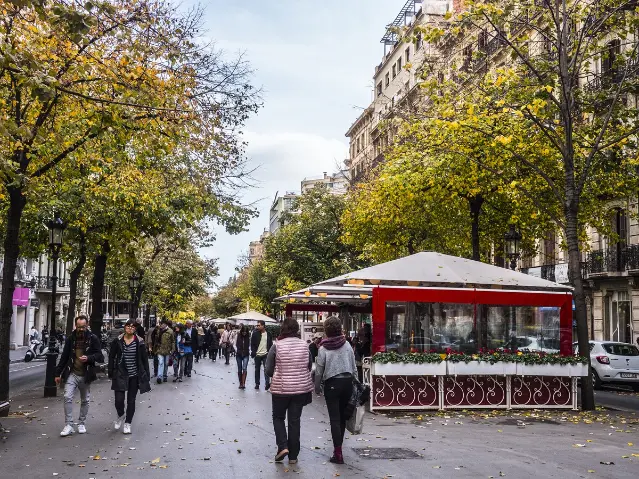
Transport & walkability
- Metro: L1, L2, L3, L4, L5 via hubs like Passeig de Gràcia, Diagonal, Universitat.
- Rail: easy links to Estació de Sants for AVE/regional trains.
- Bus & bike: dense coverage and improving bike lanes.
- Walkability: Cerdà’s grid + wide sidewalks = errands on foot.
Parking is limited and resident-focused; many buyers go car-free. For safety tips by area and late-night habits, see Is Barcelona a safe place to live?
Real estate snapshot (buyer notes)
- Assets that price up: elevator, outdoor space (balcony/terrace), high floors, chamfered corners, period details in good condition.
- Documents to check: community minutes, debt certificate, façade/lift works status, habitability & energy certs.
- Strategy: bright layouts in cared-for buildings hold value best; renovated Modernist flats retain strong buyer appeal.
If you’re financing, start early: mortgage pre-approval for foreigners. Paperwork prep: NIE number. Also review common risks before bidding: pitfalls guide.
Buying a Home in Eixample, Barcelona
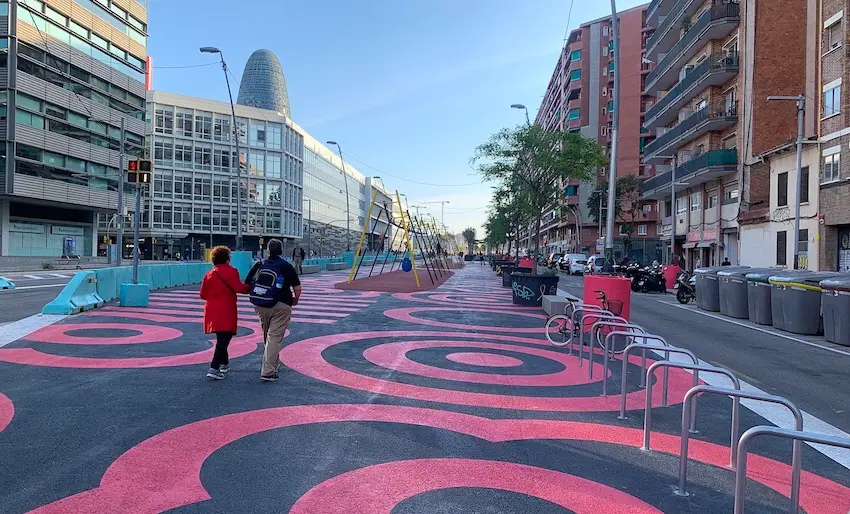
Who Eixample suits
- Young professionals: cafés, coworking, culture—central living without a car.
- Families: wide sidewalks, good services; weigh crowd levels near landmarks.
- Retirees: walk-everywhere lifestyle and healthcare access; note noise on main avenues.
- Investors: steady demand for quality renovations and well-kept period stock.
Final thoughts (from me)
I never get bored of Eixample. I’ll do a coffee on Enric Granados, detour past a Gaudí façade, and still make it to a quiet, residential street in five minutes. If you want central Barcelona with everyday practicality, it’s hard to beat. Just be honest about your tolerances—tourists on the big avenues, pricing above the city average, and thinner park options than the map might suggest. If those trade-offs make sense, Eixample delivers the Barcelona most people come here for.
Still deciding on areas? This can help: Choosing a neighborhood in Barcelona and the Sant Martí guide for a beach-adjacent contrast, or Les Corts for calmer, suburban-lite living.
Buying a Home in Eixample, Barcelona


